Modernist marvel: virtually tour the multifaceted universe of Eileen Gray
Explore, watch and learn about the twists and turns of the Eileen Gray’s oeuvre through furniture, femininity and film on Bard Graduate Center Gallery’s interactive digital companion to the New York exhibition
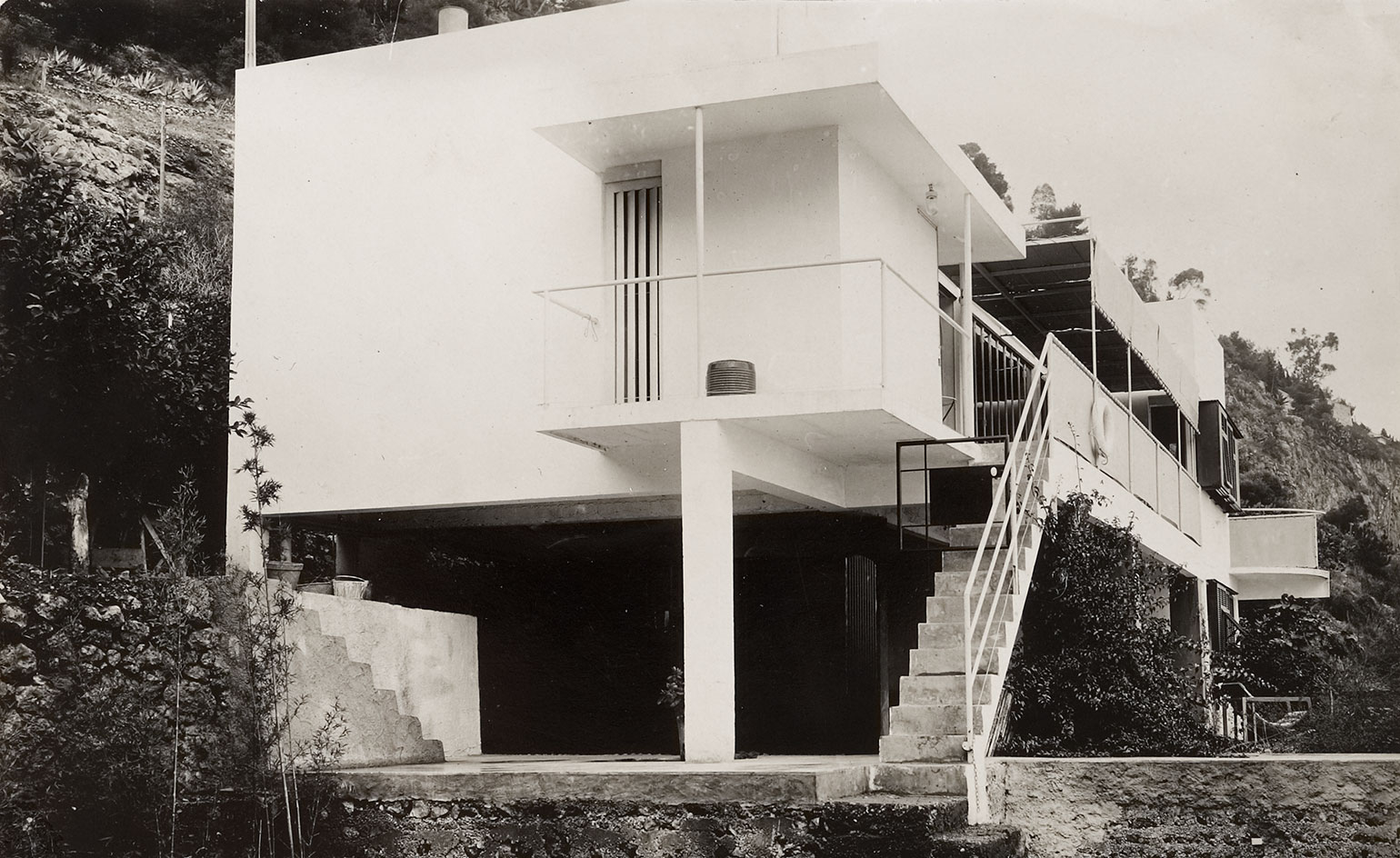
The legendary Eileen Gray has come to represent many different creative areas over the years, depending on whom you speak to. In design circles, she is regarded as a visionary figure, known for making an influential imprint with her memorable modern furniture and interiors on an otherwise male-dominated field. To architects, she stands toe to toe with the early modernists like Walter Gropius and Le Corbusier, with her iconic E.1027 villa, located on Roquebrune-Cap-Martin just north of Monaco, which she designed and built between 1926-29.
What is less in the public consciousness is Gray’s formative years as an artist, trained at the Slade School in London during her early twenties. It was her particular expertise in traditional Asian lacquer that established her as a pioneer in the decorative arts, especially once she embraced abstraction. Her operation of a gallery/retail store under the male pseudonym Galérie Jean Désert from 1921-30, effectively a showroom for her furniture and carpet designs, reflects her enterprising spirit while also paving the way for her career as a designer. At its height, her studio was comprised of a lacquer workshop and a carpet workshop that employed eight women to make the carpets, as well as a furniture design and interiors practice – and that’s all before she embarked on architecture.
Eileen Gray in retrospect
All of these different facets of Gray, who was born in 1878 to an upper-class family in Ireland, are illuminated in a seminal exhibition entitled ‘Eileen Gray’ at the Bard Graduate Center Gallery in New York City – the first exhibition dedicated to showcasing the totality of Gray’s oeuvre in the United States, which has now opened a virtual space to tour the exhibition. Curated by Cloé Pitiot, who oversaw the groundbreaking exhibition ‘Eileen Gray. A Retrospective’, staged at Paris’ Centre Pompidou, and its companion, ‘Eileen Gray: Architect Designer Painter’ at the Irish Museum of Modern Art, both in 2013, the exhibition in New York brings an additional seven years worth of new material and discoveries to paint an even more compelling portrait of this master of design.


Above, Table pour petit déjeuner (Breakfast table), 1927. Below, Coiffeuse aluminium et liège (Dressing cabinet in aluminum and cork), 1926-29. © Centre Pompidou, Mnam-CCI, Dist. RMN-GP: Jean-Claude Planchet
Eileen Gray: furniture design
With over 200 works on view, including many pieces on loan from private collectors, the exhibition strikingly, albeit quietly, displays Gray’s unique way of working. Gray did not believe in the preservation of an archive during her lifetime, often burning correspondence and other design sketches and materials. Much of the work on display and the trajectory of Gray’s life has been uncovered through Pitiot’s studies and investigations of Gray’s relationships, where her work has ended up and collaborations with other collectors, academics, gallerists and institutions, including Jennifer Goff, curator of furniture and the Eileen Gray collection at the National Museum of Ireland.
Of all the furniture pieces that Gray created, even those produced in editions, no two were ever exactly alike. ‘Even if the design is the same, there are differences,’ explains Pitiot, pointing out two apparently similar chairs; one with rounded steel tube legs, while the tubing on the other actually has edges. ‘She adapted the pieces to the client [each time.] Everything is different.’
‘But because [the pieces] are so different, there is a real harmony in what she does,’ Pitiot adds. ‘It was impossible to [pinpoint] her style. It was a real problem at one point, because it was not decorative arts, it was not modern. There was a lyricism, a lot of emotion and [that was something] people had never seen. What she wanted to do with interiors and architecture was to create something for the soul and the body. It was not to do something for a movement. She designed [a chair with] curves because it’s better for your back when you are seated.’
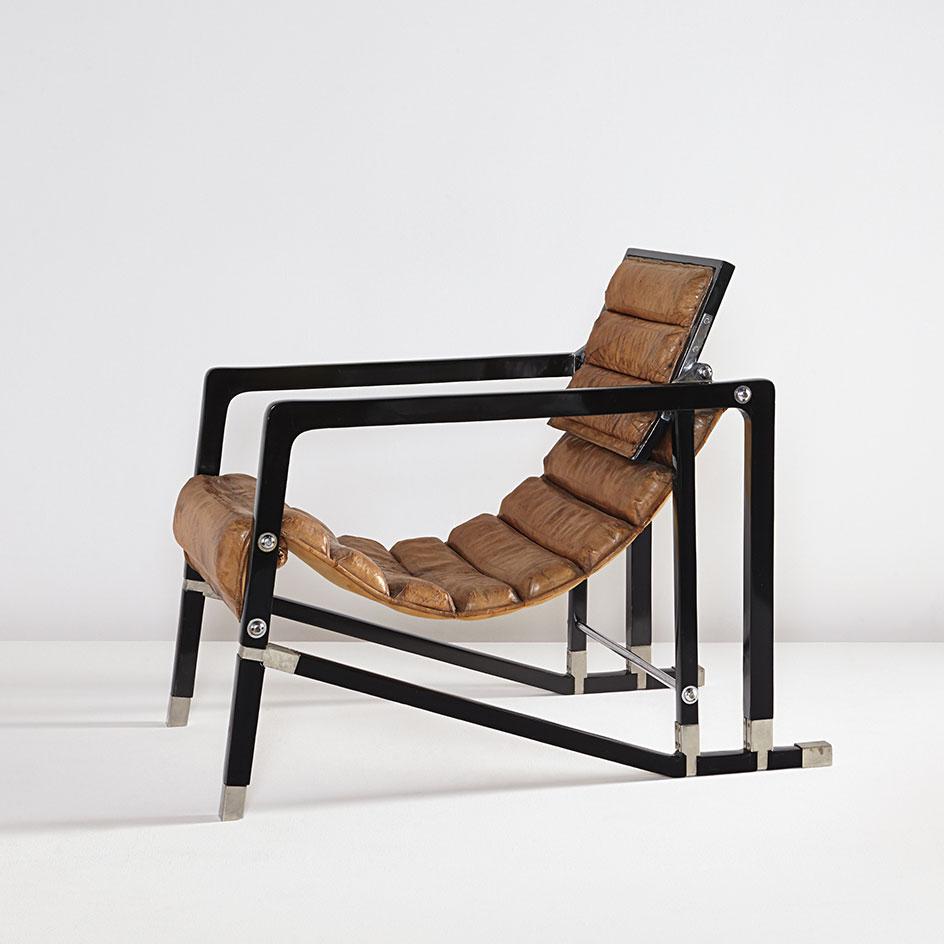
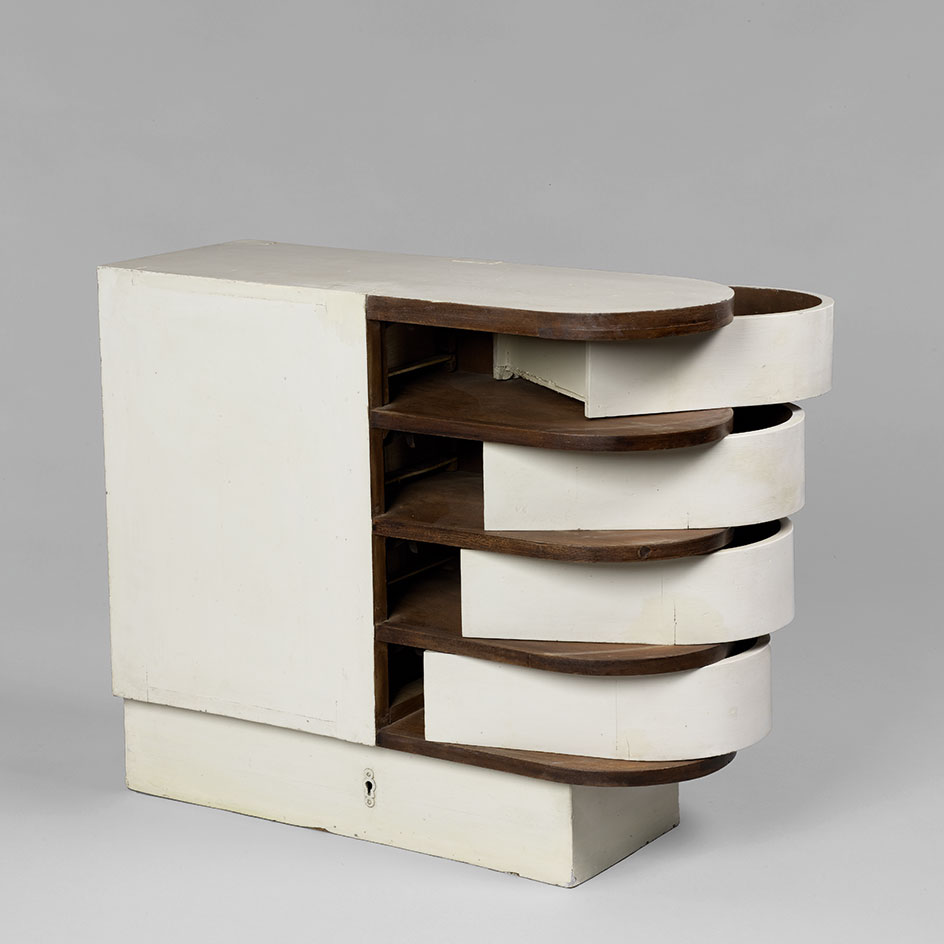
Above, Fauteuil transat (Transat chair), owned by the Maharaja of Indore, for the Manik Bagh Palace, 1930. © 2014 Phillips Auctioneers LLC. All Rights Reserved. Below, Table à desservir de la salle à manger (Dining room serving table), 1926-29.
The proportions of Gray’s designs also exude a palpable intimacy. Chairs like the lacquered wood Transat chair (1930), created for the Maharaja of Indore, and the infamous Bibendum chair (1927-29), are both comparatively small in scale, while furniture like a dining room serving table with pivoting drawers, portable breakfast table (now in reproduction by Aram Designs) and a shower room linen cabinet, all dating from 1926-29 and designed for E.1027, combine petite proportions with versatile and multi-functional qualities that Gray prioritised when designing for her own use.
Receive our daily digest of inspiration, escapism and design stories from around the world direct to your inbox.
Eileen Gray: femininity
‘At the beginning, I think she designed for herself because the dimensions are more for a woman than a man,' Pitiot says. ‘And because she did a lot of nude drawings, she understood the skeleton, so she really knew well how to adapt pieces of furniture to the body.’
Above all, there is an undercurrent of sensuality that runs through the works in the exhibition like a connective thread. Whether it is the elegantly detailed surface of a lacquered accordion screen, or the trapezoidal shape of a desk, or the curve in the seat of a banquette made for the bedroom, there is no denying the feminine quality of Gray’s creative hand across the different scales and mediums.
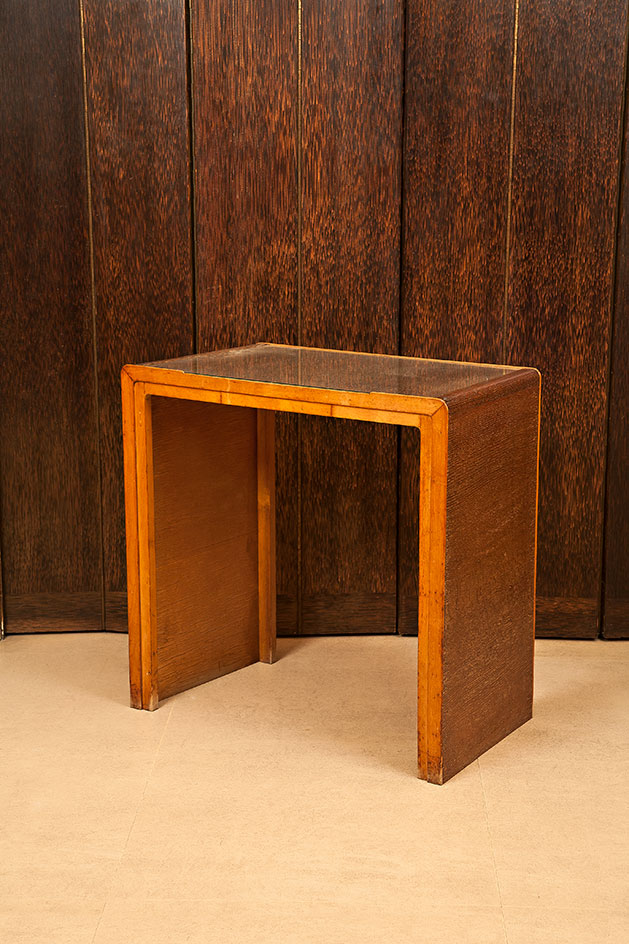
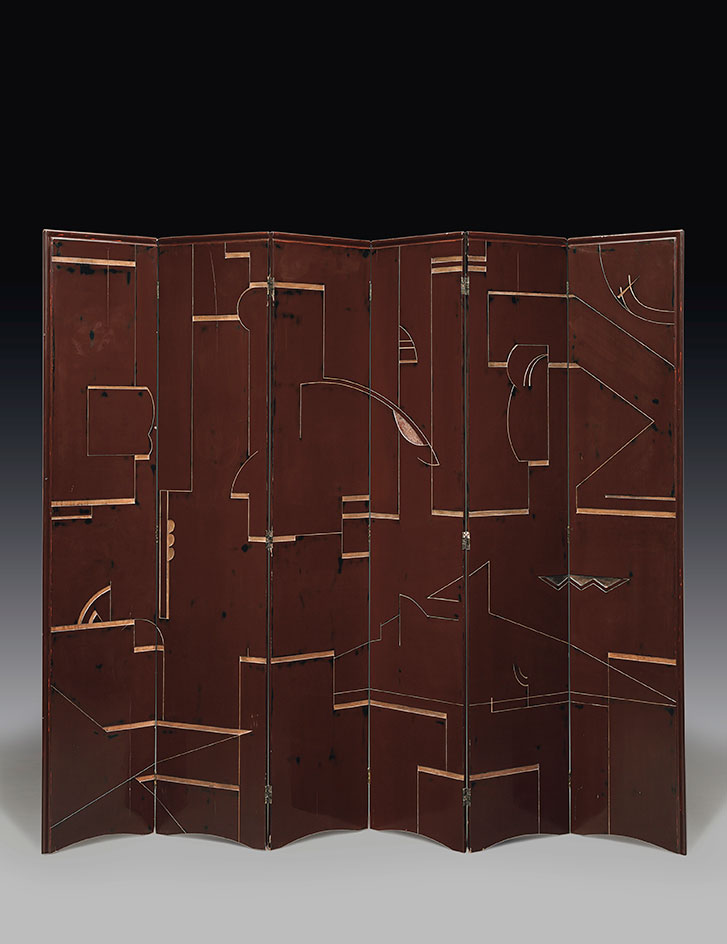
Above, Table-coiffeuse (Dressing table), ca. 1920. Below, Screen, ca. 1921–23
‘We have a history of doing exhibitions that highlight women. This one is exceptional,’ says gallery director Nina Stritzler-Levine, ‘For the institution, it has the potential to be one of the most visible projects we’ve ever done. I feel that we’ve done a lot to expand on the work that’s already been done, and this scholarship and the research is absolutely consistent with what our mission is.’
‘There are many things about this exhibition that makes my heart race, but one of them is how special the exhibition looks here,’ she adds. ‘This is also one of the things that makes our gallery unique. It’s a domestic space, it’s an intimate space. The Centre Pompidou is gigantic and the National Museum of Ireland is enormous. There is an intimacy and a kind of quiet serenity here where you can come and stay, and just take it in.’
Eileen Gray on film
The Bard Graduate Center Gallery’s show could not find a more fitting companion than in the newly produced film, In Conversation with Eileen Gray, that features previously unreleased audio of Gray from an interview she gave to budding journalist Andrew Hodgkinson in 1973. In the interview, Gray discusses a portfolio of her work, which she compiled in the 1950s. Directed by French filmmaker Michel Pitiot and prepared for the screen by Philippe Garnier and Cloé Pitiot with images of the portfolio in question, excerpts of the 25-minute film are included in the exhibition for a surreal, larger than life effect.
‘It’s very short, but you hear her voice, you have the portfolio and you can understand what she is speaking about,’ explains Pitiot. ‘We have another perception of her because she is laughing a lot. She has a lot of humour, and it’s another Eileen Gray, so I wanted to have her at the beginning of the show, so that [visitors] go through the show with her voice [in their minds].’
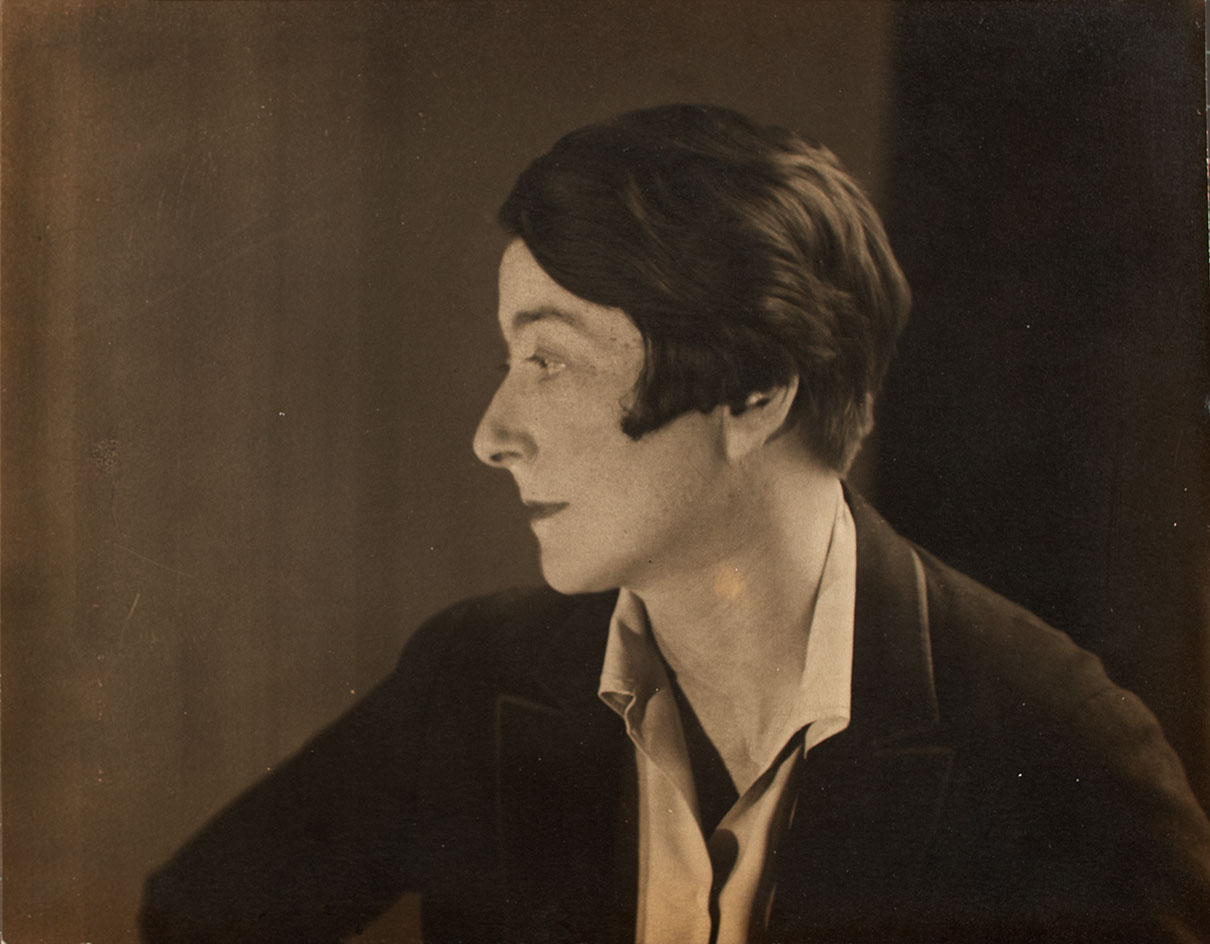
Portrait of Eileen Gray by Berenice Abbott, 1926. Silver gelatin print. 2003.569
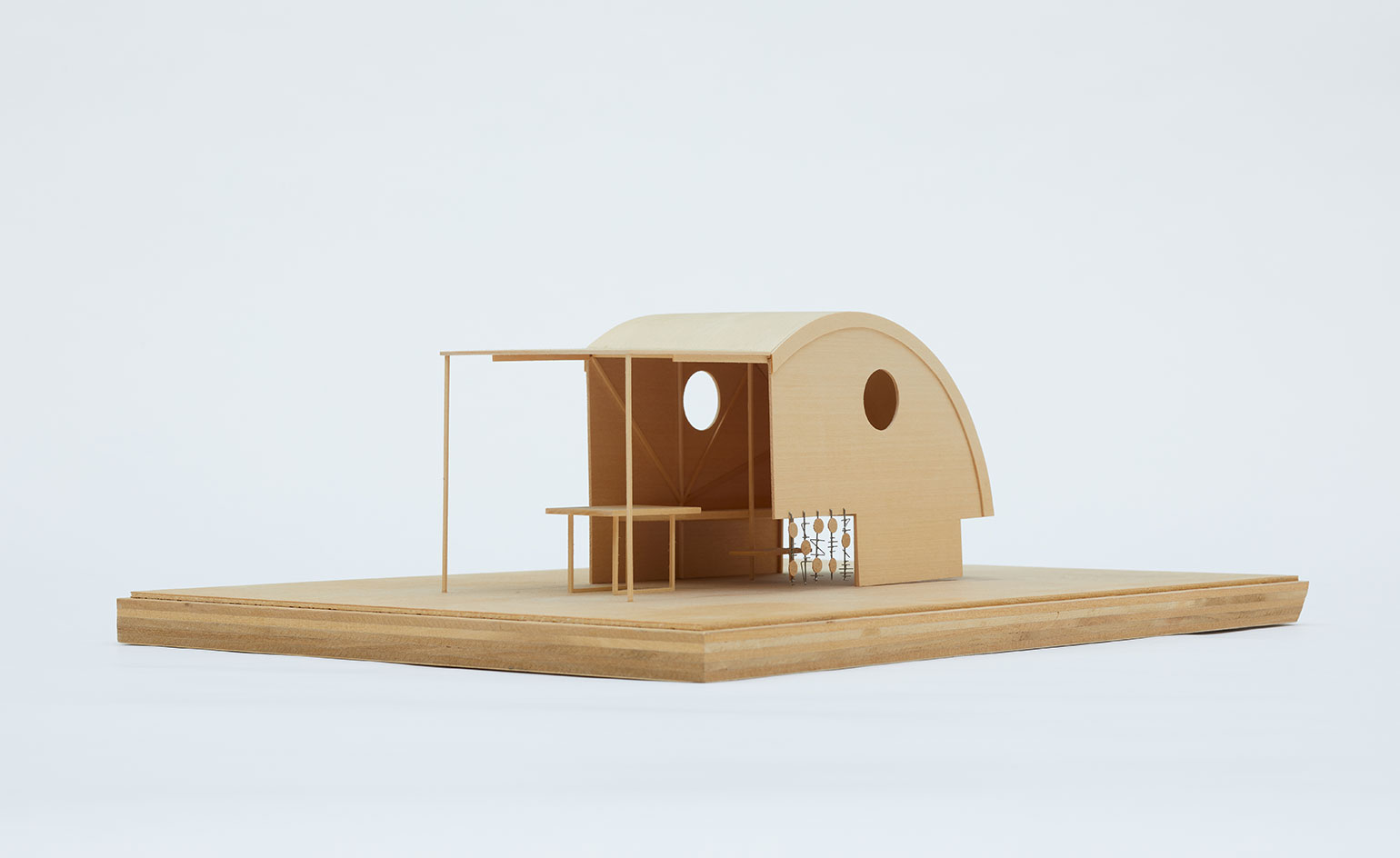
Scale model of Camping Tent, designed by Eileen Gray, 1993-94. Wood and paper. 2006/15/8
INFORMATION
Eileen Gray at Bard Graduate Center, on view until 12 July.
exhibitions.bgc.bard.edu/eileengray/
ADDRESS
18 West 86th Street
New York, NY 10024
Pei-Ru Keh is a former US Editor at Wallpaper*. Born and raised in Singapore, she has been a New Yorker since 2013. Pei-Ru held various titles at Wallpaper* between 2007 and 2023. She reports on design, tech, art, architecture, fashion, beauty and lifestyle happenings in the United States, both in print and digitally. Pei-Ru took a key role in championing diversity and representation within Wallpaper's content pillars, actively seeking out stories that reflect a wide range of perspectives. She lives in Brooklyn with her husband and two children, and is currently learning how to drive.
-
 These Guadalajara architects mix modernism with traditional local materials and craft
These Guadalajara architects mix modernism with traditional local materials and craftGuadalajara architects Laura Barba and Luis Aurelio of Barbapiña Arquitectos design drawing on the past to imagine the future
-
 Robert Therrien's largest-ever museum show in Los Angeles is enduringly appealing
Robert Therrien's largest-ever museum show in Los Angeles is enduringly appealing'This is a Story' at The Broad unites 120 of Robert Therrien's sculptures, paintings and works on paper
-
 The Wallpaper* style team recall their personal style moments of 2025
The Wallpaper* style team recall their personal style moments of 2025In a landmark year for fashion, the Wallpaper* style editors found joy in the new – from Matthieu Blazy’s Chanel debut to a clean slate at Jil Sander
-
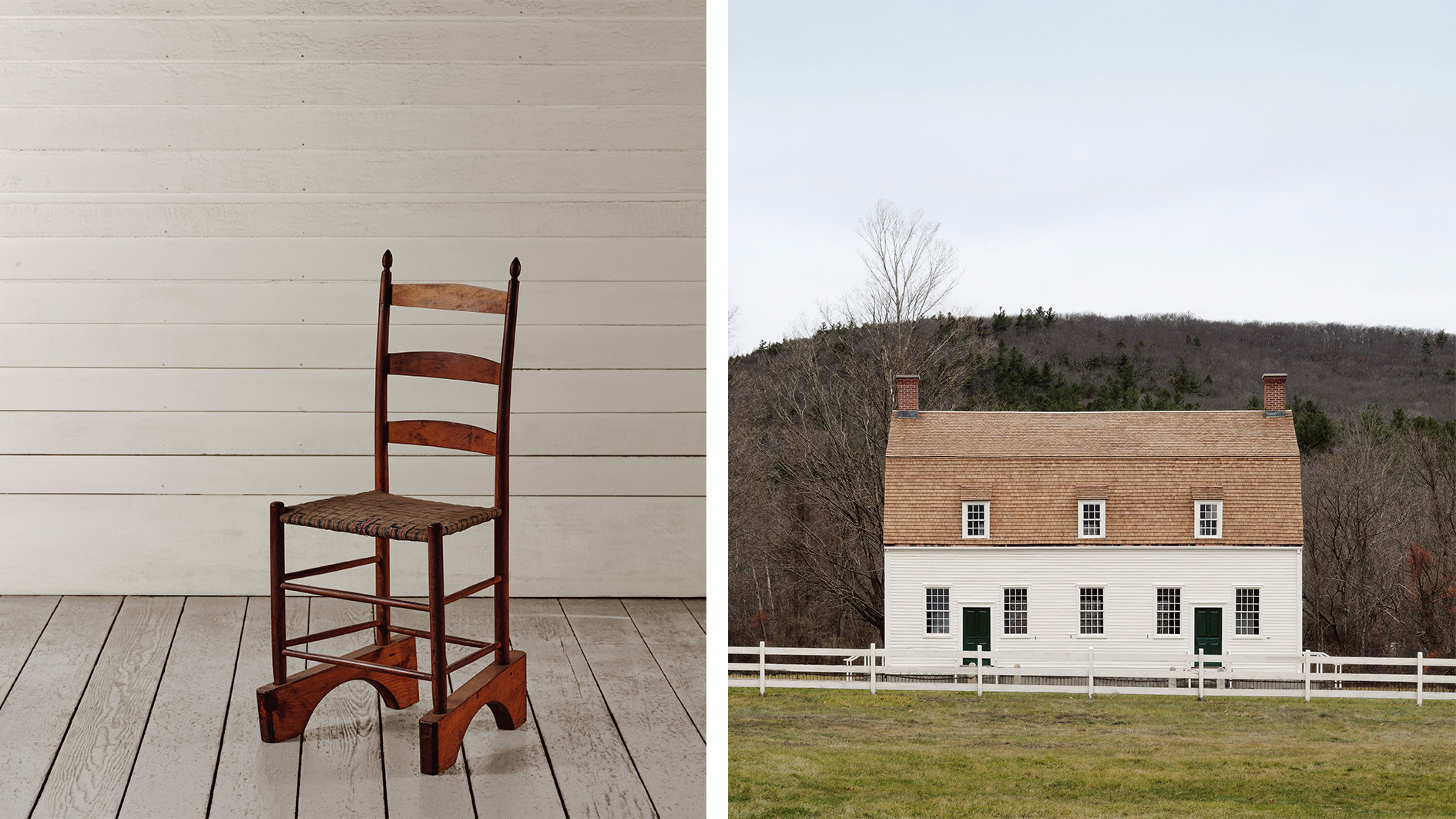 How did the Shakers influence modern design? A new exhibition considers the progressive philosophy of the free church
How did the Shakers influence modern design? A new exhibition considers the progressive philosophy of the free church‘The Shakers: A World in the Making’ positions the 18th-century sect as a pioneer of simple, functional and democratic design – principles that still guide aesthetics today
-
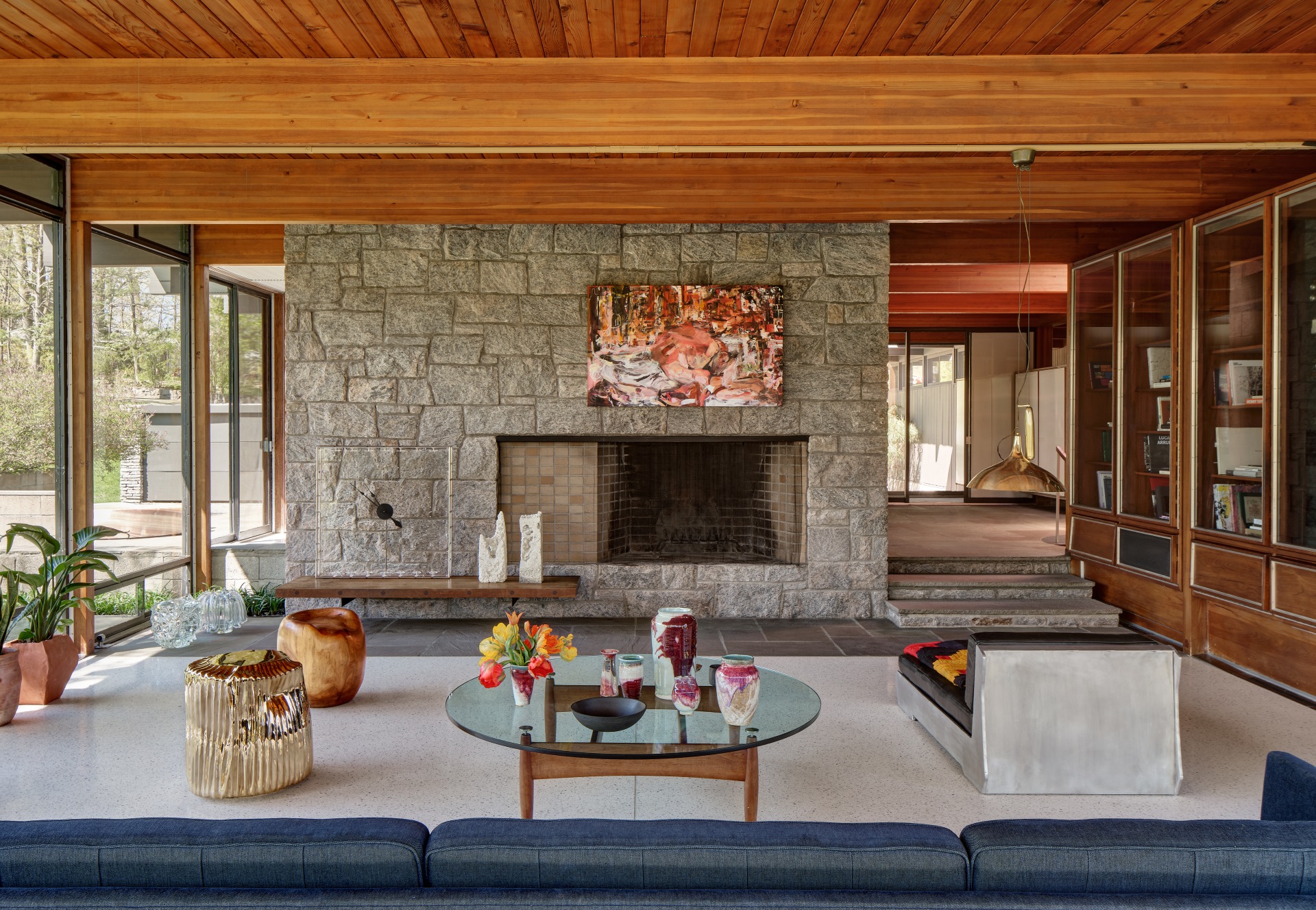 ‘At The Luss House’ celebrates the architecture of Gerald Luss
‘At The Luss House’ celebrates the architecture of Gerald LussAn immersive exhibition, ‘At The Luss House’, celebrates the work of architect Gerald Luss with a display of contemporary art and design curated by Blum & Poe, Mendes Wood DM, and Object & Thing
-
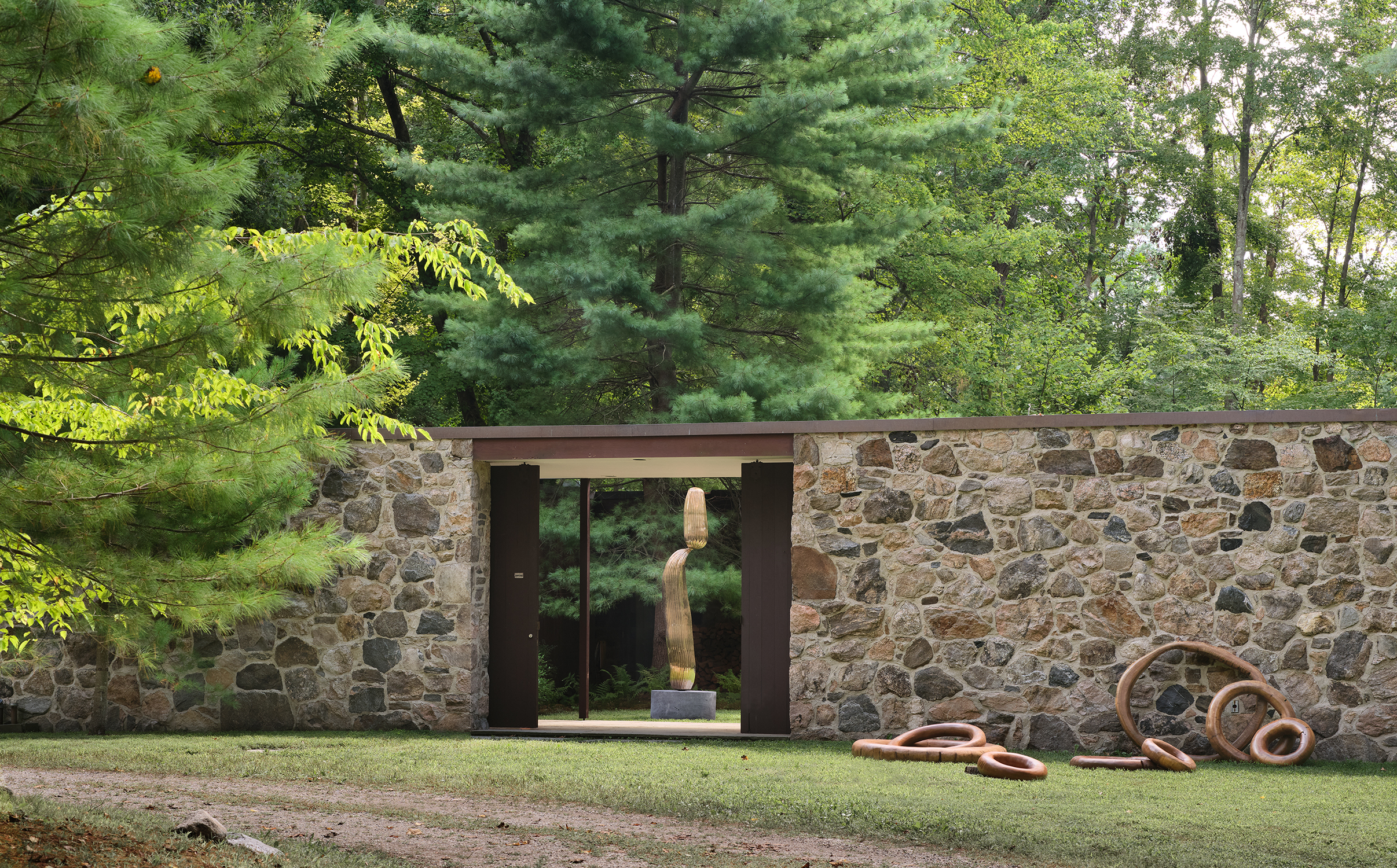 Art and design combine at Eliot Noyes' modernist residence
Art and design combine at Eliot Noyes' modernist residenceBlum & Poe, Mendes Wood DM and art and design fair Object & Thing come together to present a new type of contemporary display at the Noyes house
-
 Gagosian brings a taste of Casa Malaparte to London
Gagosian brings a taste of Casa Malaparte to LondonLondon's Gagosian Gallery presents a collection of furniture reproductions from Casa Malaparte, Curzio Malaparte's legendary villa perched atop a promontory on the island of Capri
-
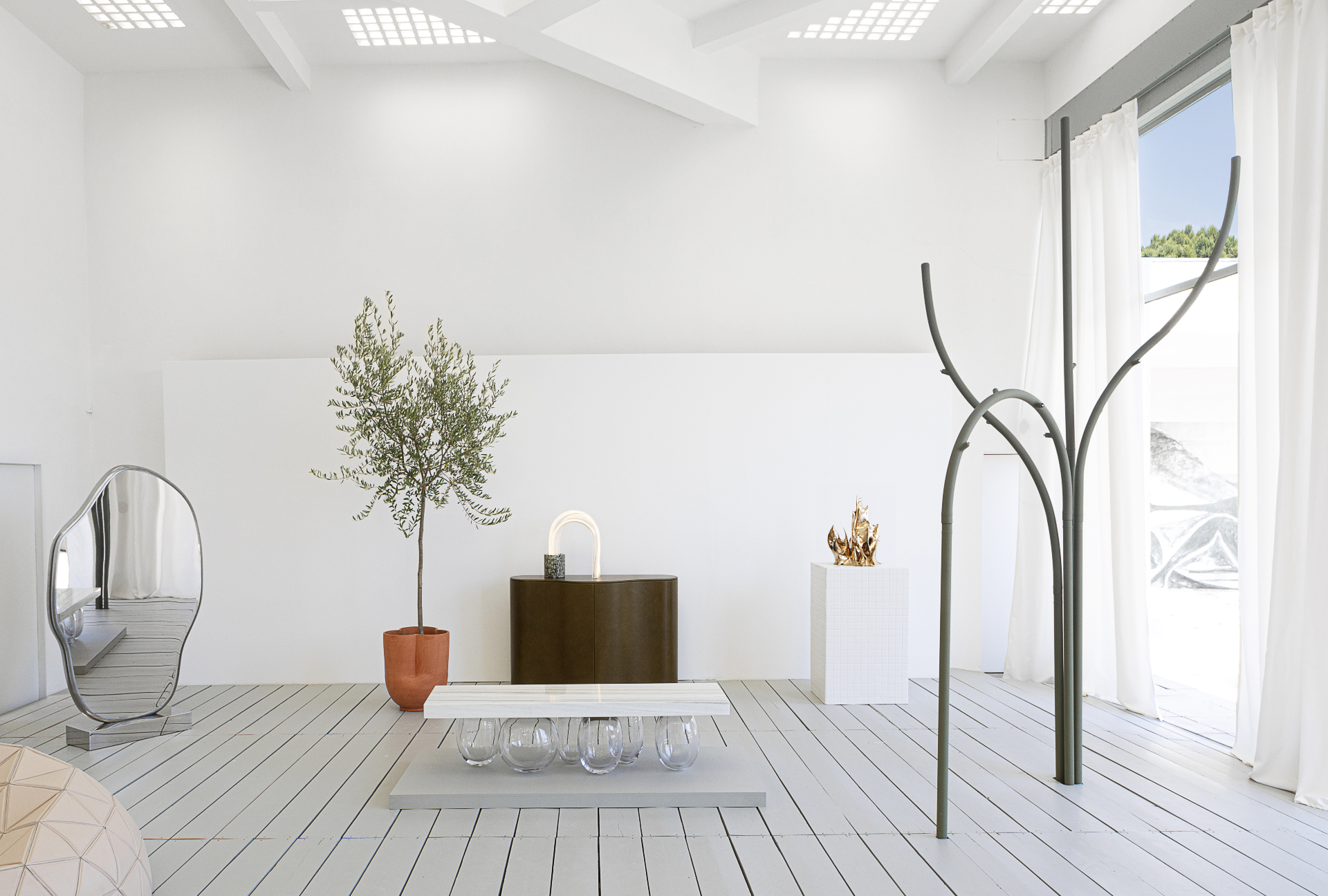 On the shores of Hyères, Design Parade nurtures new French talent
On the shores of Hyères, Design Parade nurtures new French talent -
 The rustic allure of Brazil modern design gets a new French audience
The rustic allure of Brazil modern design gets a new French audience -
 Norman Foster co-curates retrospective of Italian modernist master Osvaldo Borsani
Norman Foster co-curates retrospective of Italian modernist master Osvaldo Borsani -
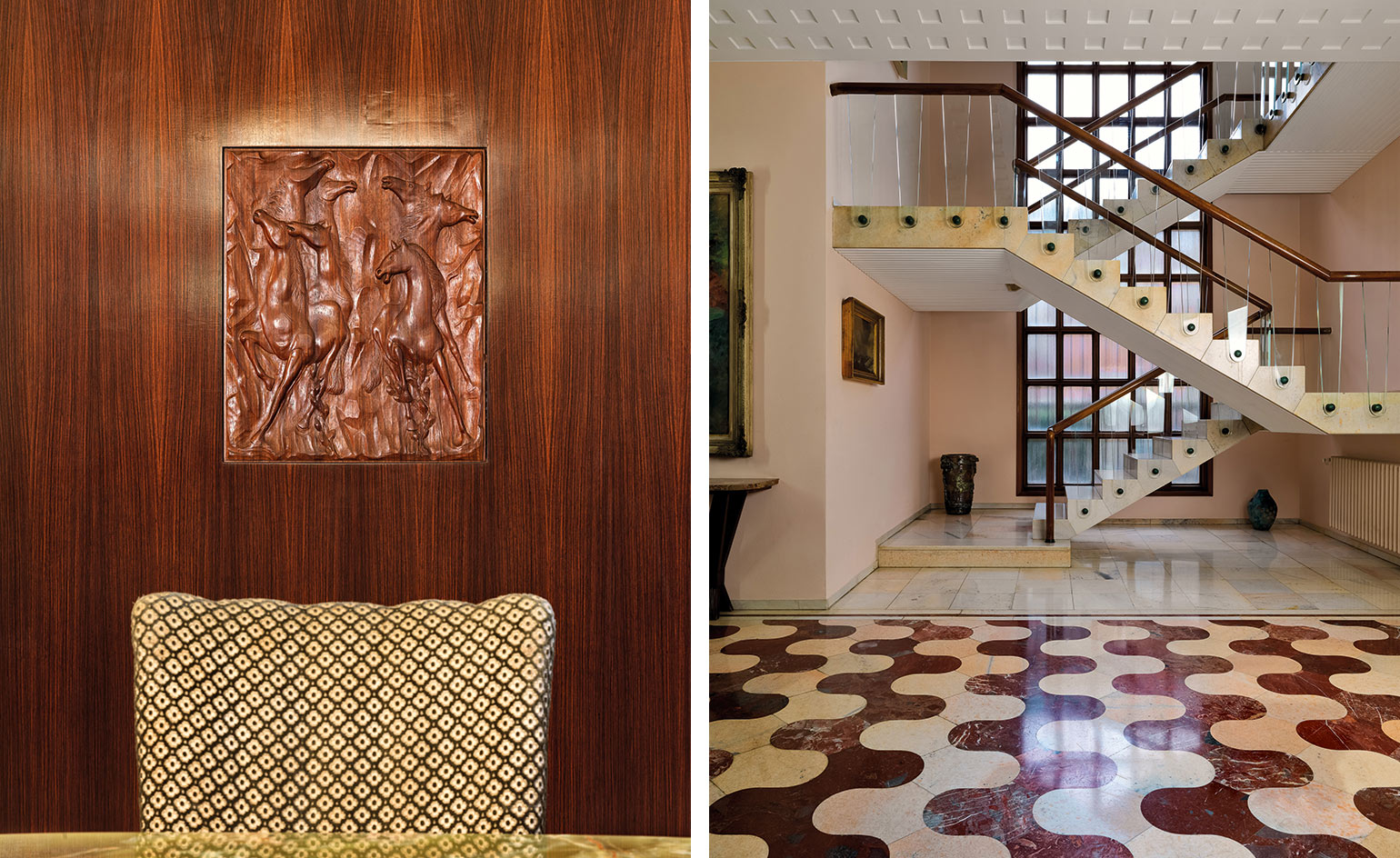 Italian modernist Osvaldo Borsani’s innovative home opens up in Milan for Salone del Mobile
Italian modernist Osvaldo Borsani’s innovative home opens up in Milan for Salone del Mobile